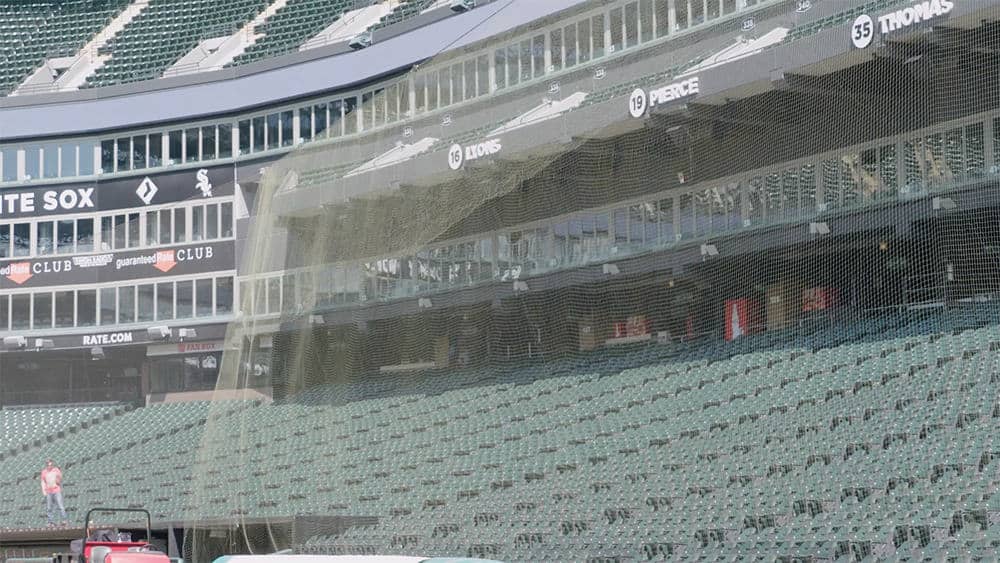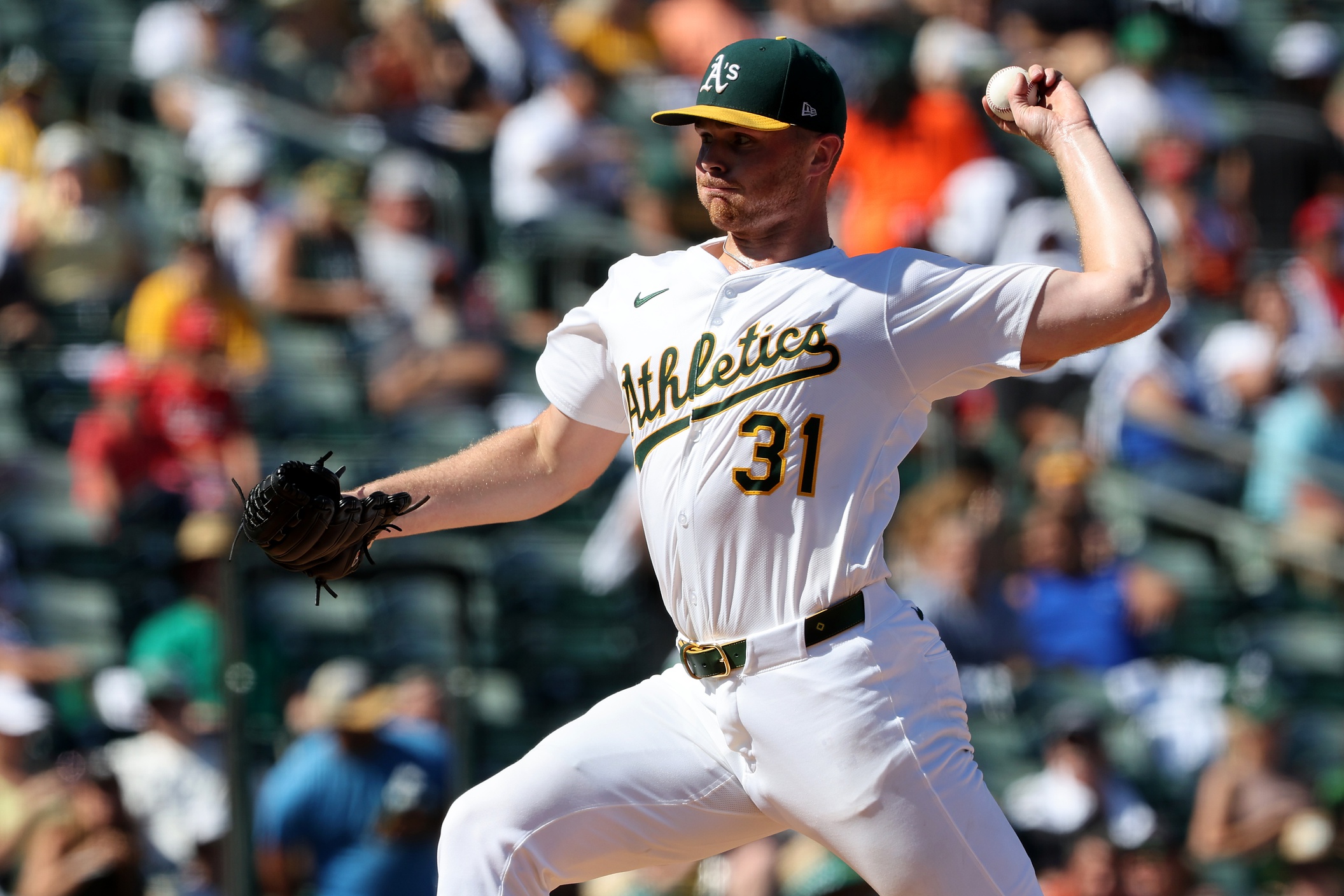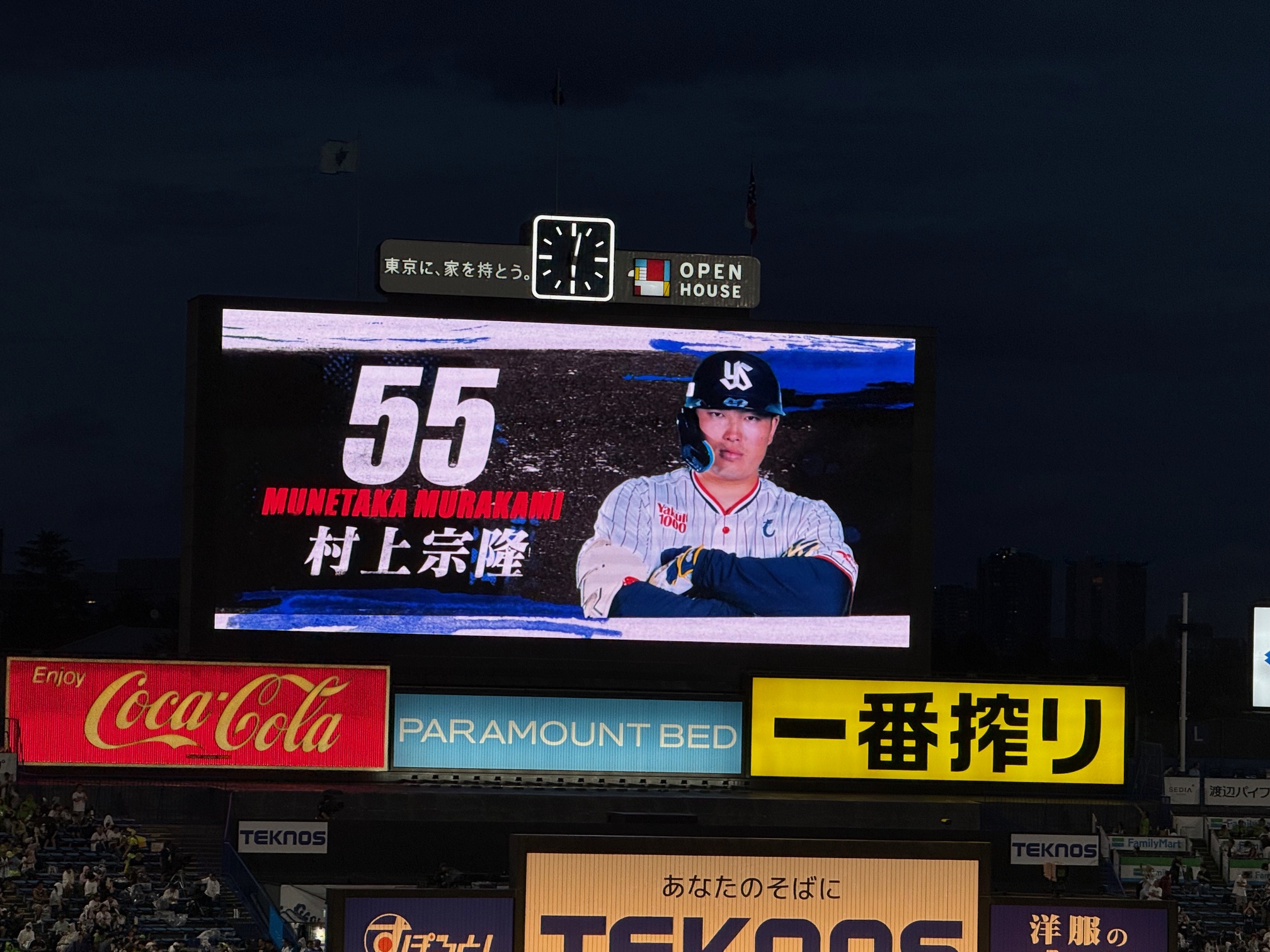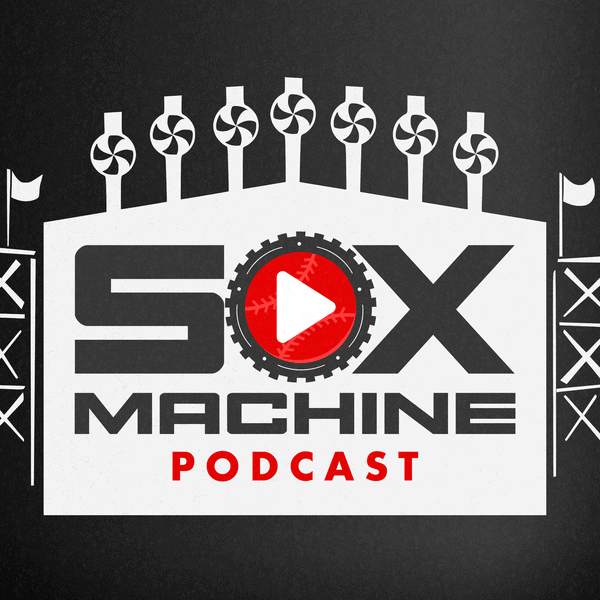Around the time Whit Merrifield hit a deep fly to left field leading off the bottom of the first inning, Eloy Jiménez was pulling in nearly 70 percent of the vote in Tuesday's "Who will lead the 2019 White Sox in homers?" poll.
That number started dropping after Jiménez collided with Charlie Tilson and left the game with what the White Sox called elbow soreness. I closed the poll after the beat writers said that Jiménez would return to Chicago for an MRI, and an injured list stint is just about assured.
The results of the poll, only slightly tainted:
- Eloy Jiménez, 65.4%
- Jose Abreu, 27.0%
- Yoan Moncada, 7.6%
Nobody really has even a firm guess regarding the time Jiménez is expected to miss. It could be just a bad hyperextension, but the way Jiménez's arm dangled as he walked to the dugout opened the range of possibilities.
Tilson understands why you're mad at him ...
“We are both running full speed, I called it, called it late,” a downcast Tilson said. “He probably didn’t hear me. I haven’t had a chance to talk to him about it. Really unfortunate. As an outfielder, you feel terrible, especially a guy like Eloy who means so much to our lineup.”
... but this occupational hazard arises when the everyday center fielder becomes the everyday shortstop, after which center field varies between members of an unestablished or underqualified cast, and Jiménez has been trying to establish his own range in left field. This isn't even the first time Jiménez and Tilson collided.
Hopefully this is the last time they meet in the left-center gap, for one reason (Tim Anderson is healthy) or another (Luis Robert gives the Sox another real center fielder for once). OK, maybe one one in particular (Jiménez is absent long enough for roster churn to claim half the 40-man).
* * * * * * * * *
Along the lines of occupational hazards -- and even "along the lines" -- the White Sox became the first team to extend their protective netting from foul pole to foul pole. They had already been the first team to announce it, and when fans head to Guaranteed Rate Field for the homestand starting next Monday, this is what they'll see.
Other teams have announced the intention to do so, and the Kansas City Royals are the latest. This one's a noteworthy development, just because the timeline of their decision reflects the new reality:
- July 4: In the wake of the White Sox' announcement, the Royals say they have "no plans to change the netting in the near future."
- July 14: A fan is injured by a hard foul ball at Kauffman Stadium.
- July 15: The Royals announce a plan to extend the protective netting as far as they can, maybe as soon as this season.
Even if the White Sox weren't the first to do it, they'd probably be mobilizing by now. Once one team showed its stadium could handle it, the other teams had less of an excuse subjecting their fans to that kind of risk. As I said before, something is lost with the screens, but as long as the parks keep getting more intimate and the exit velocities keep rising, it was going to be lost at some point regardless.
FiveThirtyEight studied 906 foul balls hit over 10 games on June 5, and noted that a majority of the hardest-hit foul balls ended up in sections not protected by netting. That's probably validating what you already knew, but it's something worth quantifying.
It's also worth noting that in the graphic FiveThirtyEight used to accompany the article, three of the eight incidents mentioned involved the White Sox.
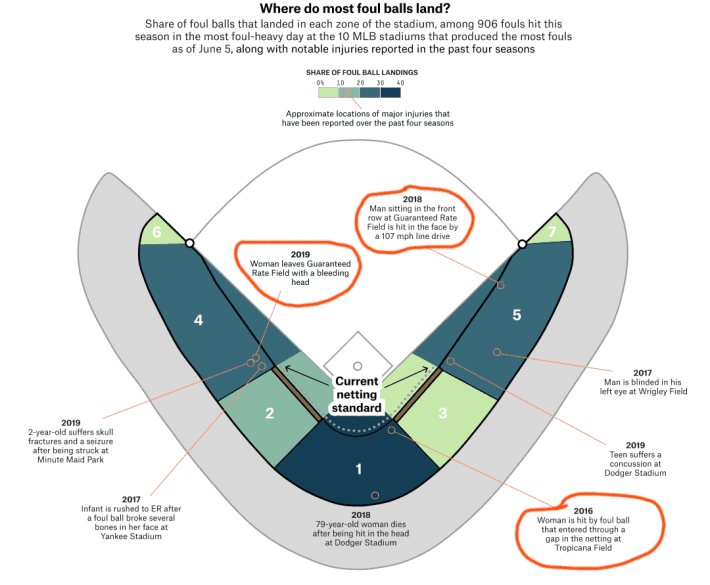
Two were at Guaranteed Rate Field, and the other one was a White Sox-Rays game at Tropicana Field in 2016, during which a Steven Souza Jr. shank found a 4½-inch gap between screens. The angle of the foul ball was incredibly unlikely, but so is the angle of Chris Sale's delivery. Unpredictable things happen when the actions of insanely gifted people require reactions from insanely gifted people. Even the insanely gifted people aren't guaranteed to come out unscathed.
